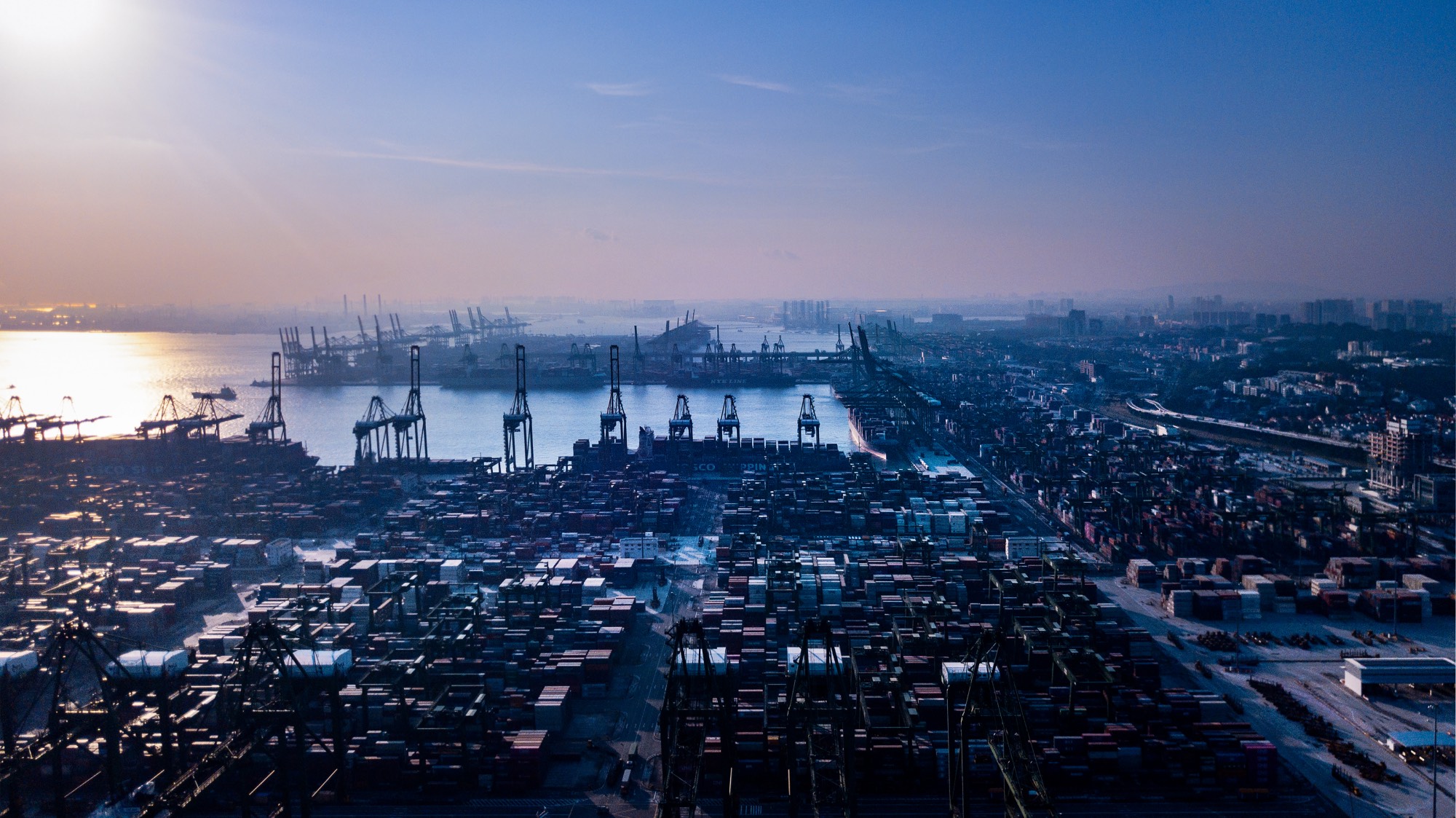Microsoft is launching its first supply chain disruption solution in the Microsoft Supply Chain Platform, which bundles together AI, collaboration, low-code, security and SaaS applications in a composable platform.
Designed to help organizations maximize their supply chain data estate investment with an open approach, the platform comes with Microsoft Supply Chain Center, a command center experience harmonizing data from across existing infrastructure supply chain systems, such as data from Dynamics 365, and other ERP providers, including SAP and Oracle, along with standalone supply chain systems.
“The Supply Chain Platform is really trying to create this interoperable approach in the market,” Ray Smith, VP Supply Chain at Microsoft, tells ERP Today. “What is fundamentally challenging are many disparate solutions processes, which result in fragmented data largely being isolated in businesses.
“The last couple of years have really exposed the frailty and failings of these systems, and customers are simply craving end-to-end visibility.”
With war, pandemic, delivery disruptions and energy crises having defined the decade so far, the Microsoft solution makes easy business sense. So easy, in fact, one may wonder why it’s coming out at the tail end of 2022. But as Smith sees it, supply chain disruption is not a blip nearing its end. Instead, disruption is here to stay.
“What we’re noticing now is there are more and more ripples, more and more disturbances, which we expect to continue.
“The level of disturbances we’ve seen, the level of geopolitical tensions we still see in the world, mean that it’s something supply chain leaders and managers need to be able to handle.
“(It’s not) a scare tactic, it’s just the reality of what we’re seeing, and it’s only increasing,” Smith says.
The Microsoft Supply Chain Platform works across Azure, Dynamics 365, Microsoft Teams and Power Platform. With the Dataverse element, visibility is enabled across the supply chain, with custom workflows with low-code solutions developed using Power Platform.
Partner modules in Supply Chain Center meanwhile can unlock specific solutions directly into the command center, such as freight visibility from Overhaul.
In addition, the supply and demand insights module leverages Azure AI models to predict upstream supply constraints and shortages through supply intelligence. Smart news insights also update users with relevant news alerts on events which may bring disruption.
Businesses can expect a lot of those insights pinging their way across the system for the foreseeable future.




